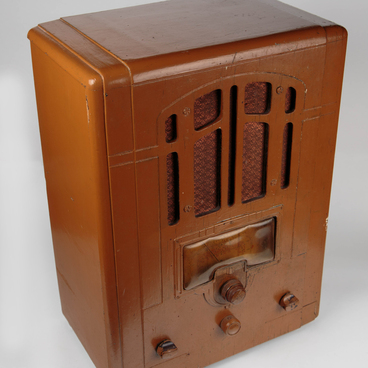In the early 20th century in the Russian Empire, there were no artillery pieces designed to be used in mountain warfare. Hence, the authorities decided to commission them to Austria-Hungary’s Škoda and France’s Schneider companies.
In December 1908, the Main Artillery Directorate conducted field tests to compare two mountain guns with a caliber of 76 millimeters. The Škoda model had an advantage over its French competitor due to its lower weight, while the Schneider gun had better ballistics, a more reliable pneumatic recuperator, that is, the recoil mechanism.
As a result of the tests carried out on February 26, 1909, by the Highest Command, the Schneider version was adopted by the Russian Army, but the original wheels and sight of the French manufacturer were replaced by the Okhremenko-type wheels and Hertz panoramic sights produced by the Obukhov plant.
A typical Russian packhorse could not tow such a weapon. During battles, mountain guns of the 1909 model, as a rule, were not towed or transported on wheels, but instead were carried by several servicemen through steep mountain passes.
The guns were manufactured at the Putilov Plant in St. Petersburg; the first contract required the production of more than 200 mountain guns. From 1911 to 1917, the capital’s enterprise produced 636 such artillery pieces. In addition, the guns were produced by the St. Petersburg Gun Factory. From 1914 to 1917, it manufactured 349 guns for the Russian Army.
The 76-millimeter short-barreled trench gun M1913 was developed based on the mountain gun of the 1909 model. The design was simplified: the carriage and barrel were made solid. During the First World War, 76-mm mountain guns were used as anti-aircraft guns for firing at air targets.
The production of guns continued after the October
Revolution of 1917. From 1924 to 1939, 756 mountain guns were delivered to the
Red Army. During the Winter War with Finland in 1939 and 1940, 80 such guns
were used in battles.



